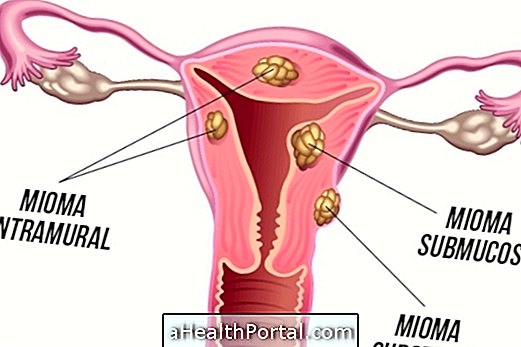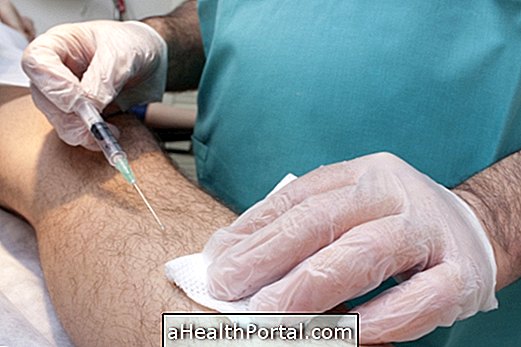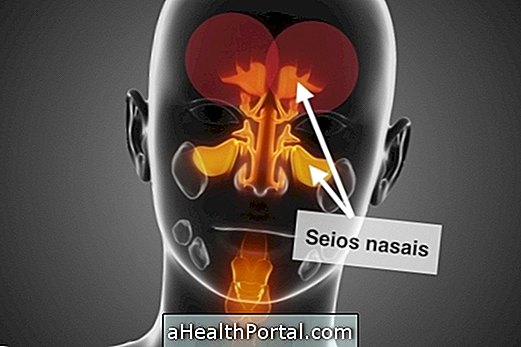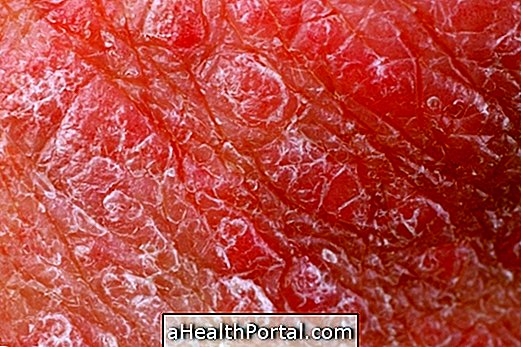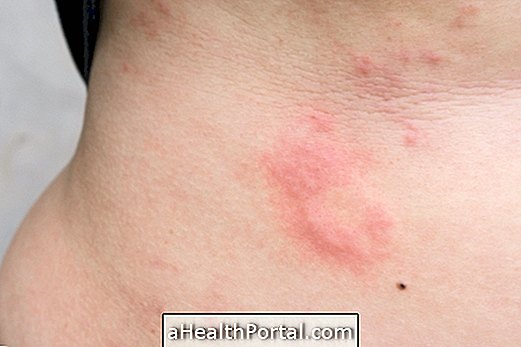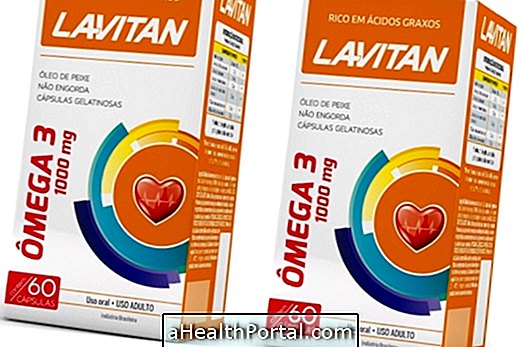Telangiectasia in the face, also known as spider veins, is a common skin disorder that causes small red vases to appear, especially in more visible regions such as the nose, lips or cheeks, which may be accompanied by a slight itchy sensation or pain.
Although the true causes of this change are not yet known, in most cases it is a benign problem caused by sun exposure which poses no health risk, although there are some rarer situations in which they may be symptoms of a disease more severe, such as rosacea or liver disease, for example.
Although there is no cure for telangiectasia, some treatments, such as laser or sclerotherapy, can be done by a dermatologist to help disguise the vases.
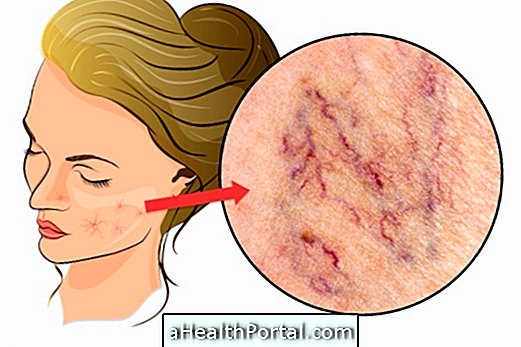
What Causes Telangiectasia
The exact causes of the onset of telangiectasia on the face are not yet fully understood, however there are several factors that seem to increase the chances of having this change, such as:
- Exaggerated solar exposure;
- Natural aging of the skin;
- Excessive consumption of alcoholic beverages;
- Continuous use of corticosteroids;
- Prolonged exposure to heat or cold;
In addition, pregnant women or people with acne or surgical wounds in the area, may also develop small red vases on the skin of the face.
In rare cases, where telangiectasia appears as a sign of a more serious disease, it may be caused by rosacea, Sturge-Weber's disease, Osler-Weber-Rendu's syndrome, liver disease or hereditary hemorrhagic telangiectasia.
How to confirm the diagnosis
The diagnosis of telangiectasia on the face is usually made by a dermatologist only by observing changes in the skin; however, other tests such as blood tests, CT scans or X-rays may be necessary to identify if there are other diseases that may be present causing the vases.
How is the treatment done?
The treatment for this skin change is usually done only to disguise the vines and improve the appearance of the skin. Some of the most commonly used treatment techniques are:
- Laser therapy : A laser is used directly on the vases, which increases the local temperature and closes them, leaving them less visible;
- Sclerotherapy : a substance is injected into the vines that cause small lesions on its walls, making them thinner;
- Surgery : A small cut is made on the face to remove the vessels. This is the treatment with the best results, but it can leave a small scar and have a more painful recovery.
In addition, it is still recommended to always apply sunscreen before going out on the street, to prevent sun exposure from increasing the number of vases.
In cases where there is a disease that may be causing the onset of telangiectasia, it is advisable to treat the disease adequately before attempting cosmetic treatments to disguise the vases.
See also how grape juice can be a great home remedy for treating vines.
